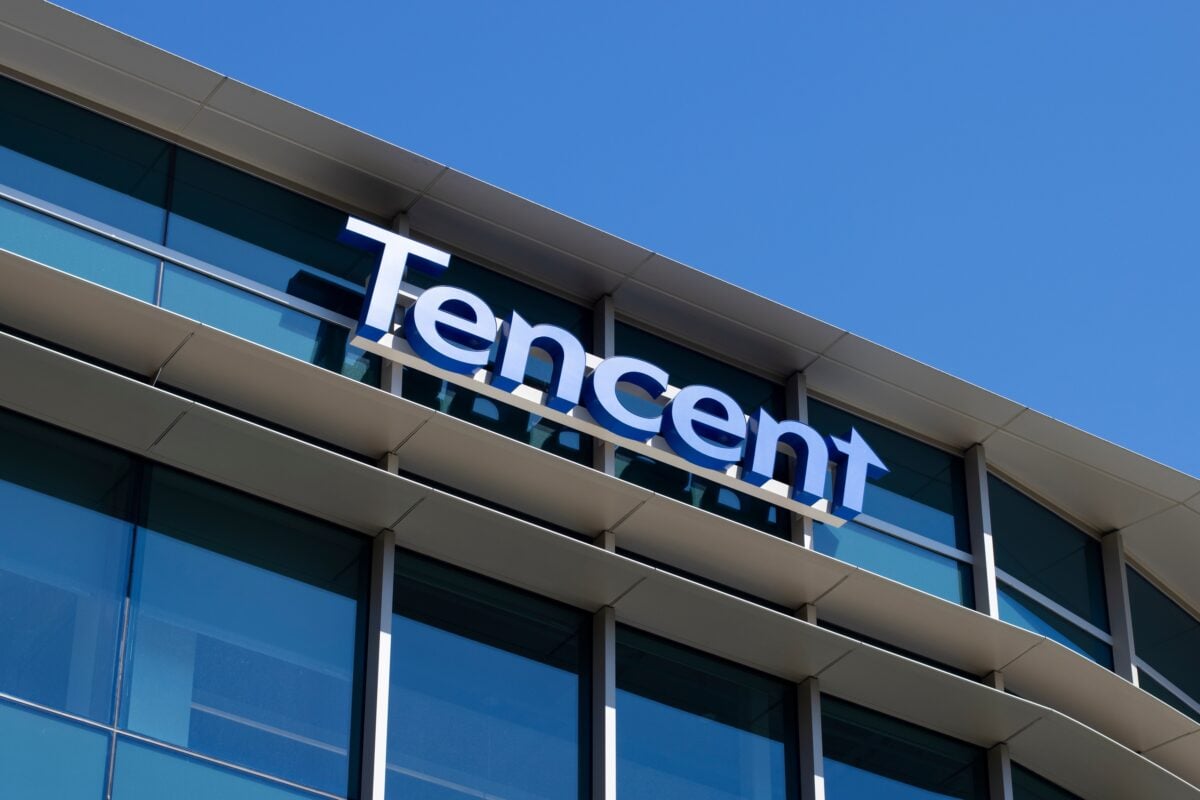XYO layer 1 blockchain launches alongside XL1 utility token
XYO has launched XYO Layer 1, a blockchain for high-volume, real-time data applications, introducing a dual-token model with XYO for governance and XL1 for network utility.
- XYO Layer 1 is a new blockchain designed to handle large-scale, real-time data for AI, logistics, cloud services, and tokenized assets, solving inefficiencies in existing networks.
- The launch also introduces a dual-token system, with the new XL1 token handling network utility alongside the original XYO token, which continues to serve governance and long-term ecosystem roles.
XYO, the first and one of the largest DePIN project with over 10 million nodes worldwide, has launched XYO Layer 1.
The blockchain is designed to support industries that rely on large-scale, real-time data, such as AI, logistics, cloud services, and tokenized RWAs, offering accurate, verifiable data at scale for developers, businesses, and everyday users. For example, AI companies can use XYO Layer 1 to access continuous streams of validated data for training models, while logistics firms can track shipments in real time with verified location and environmental information, improving efficiency and decision-making.
According to a press release shared with crypto.news, XYO decided to launch its own blockchain after 7+ years in the industry, as existing networks could not meet the demands of high-efficiency, data-focused applications.
XL1 launches as XYO layer 1’s native token
Alongside the launch of Layer 1, XYO has introduced a dual-token system to complement its original XYO token, which was launched in 2018 and serves as the primary token for DePIN rewards, governance, payment, security and staking roles.
The new XL1 token will serve as the native token of XYO Layer 1, enabling everyday network functions such as gas fee payments, transaction processing, blockchain operations, priority fees, and rewards for node operators.
XL1 is earned by staking XYO, which locks the original token within the XYO Layer 1 ecosystem. This staking and reward system is expected to keep a substantial portion of XYO’s circulating supply locked long-term, ensuring ongoing network security, stability, and alignment of incentives for participants within the ecosystem.
XYO will first migrate its own products to the new Layer One, followed by key partners.
You May Also Like

According to Market Analysts This $0.012 AI Token Could Be the Best Investment of the Decade — Ozak AI’s 41,000% Potential Outshines Ethereum’s Early Growth

Crypto On Alert: Raoul Pal Hints At Macro Twist Post-US Govt Shutdown
